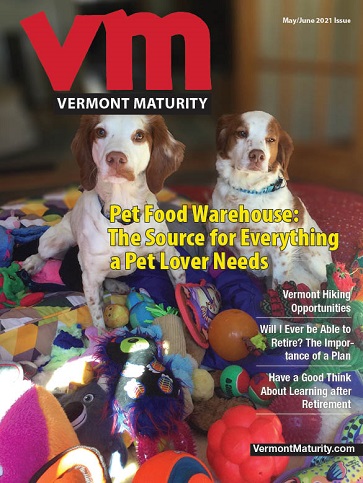
Before the 60 Day Memoir Course was created, we surveyed individuals asking them questions about writing a memoir. One of the questions was, “Why haven’t you written a memoir about your life or a memoir for a loved one?”. The top response given for that question was, “I don’t know how to write one.” Because of this response, the 60 Day Memoir Course, a course that simplifies how to write a memoir, was created. The following guidelines will help you get started on a memoir about yourself or a loved one.
The first step in writing a memoir is to establish all the sections that will be included within the memoir and the best way to start is to establish the table of contents. The hardest thing about writing a memoir is organizing all your thoughts and ideas enough to get started. Establishing a proper table of contents helps arrange your ideas and brings more clarity and focus to your thoughts. Doing this helps you develop a goal and helps you write with a purpose, instead of writing aimlessly about random thoughts.
At 60 Day Memoir Course, we used the acronym PPF which means present, past and future, to create the table of contents for our program. Covering the PPF for your table of contents will help you get started writing a memoir. This is the PPF process that the 60 Day Memoir course specifically uses.
The first section that your table of contents should cover is the present which represents your current life. This is where you give the readers a brief introduction of who you are, what you do and why you want to write a memoir. This stage is where you engage the reader and get them to connect with you, so they understand why you wrote a memoir.
The second section that your table of contents should cover is your past. This section will have many sub sections (chapters) that cover the different stages in your life. For example, in the 60 Day Memoir Course, there are six chapters that lead the student through how to write about his or her past. We start from the earliest memory the student has as a child, journey through the adolescent stage of life and end up through his or her adulthood. By the end of the end of the past section, the student’s past has been extensively covered. The past section is normally the largest part of your memoir.
The last section of your table of contents should cover the future. The main purpose of writing a memoir is to touch the heart of each person that reads your life’s story, not just in your lifetime but for many generations to come. One of the greatest things someone can leave behind is not physical items but wisdom and knowledge. The future section is where you will leave your legacy by sharing the wisdom and knowledge that you gained during your life. The future section allows future readers to learn and benefit from your life experiences.
The 60 Day memoir course has 10 full modules, which have over 60 writing assignments that cover the PPF an acronym, allowing the participant to thoroughly document their life, or the life of a loved one
Richard Lee is the creator and owner of 60 Day Memoir. For more information visit 60DayMemoir.com or email info@60daymemoir.com.
Related Articles & Free Vermont Maturity Magazine Subscription

Full Spectrum CBD Teas Offer Many Benefits
Rethinking Retirement and Part Time Work
Specialized Moving Services That Help Seniors Downsize and Relocate







Comment here